What is it?
This may very well be the particular version of the latest BMW 8 Series that’ll matter most to you. Equally, it could be the one in which you’re least interested of all the possible combinations of two-door-coupé, two-door-cabrio or four-door ‘coupoon’ bodies, and six-cylinder petrol, eight-cylinder petrol or six-pot diesel engines.
This is captain sensible: the four-door 840d xDrive Gran Coupe, which sits towards the more affordable end of the showroom range on price and promises to deliver against the brief of a traditional big, desirable grand tourer with an extra dose of pragmatism thrown into the mix. The four-door body is expected by BMW to be the most popular of the three with 8 Series buyers, for what it’s worth, while the straight-six diesel will be trumped for sales mix dominance only by the ‘40i’ straight-six petrol (which is also the only rear-driven ‘8er’ you can buy).
It was the two-door coupé equivalent of this car that underwent the full road test workout earlier this year, when we recorded plenty of praise for the efficiency, flexibility and cruising refinement of BMW’s multi-cylinder diesel motor and for the car’s smart, modern, restrained-yet-sophisticated cabin; while the steel sprung chassis left a little to be desired for GT-appropriate ride isolation but conjured more driver appeal than you might expect of a car so large.
Like the coupé, the four-door Gran Coupe is offered to UK buyers in M Sport equipment level only (which means us Brits get 20in alloys and M Sport upgraded brakes as standard). Those who want to avoid runflat tyres can do so by optioning up the BMW’s M Sport Technic option package, which also includes a further brake upgrade and an active torque-vectoring rear differential – although our test car did without it.
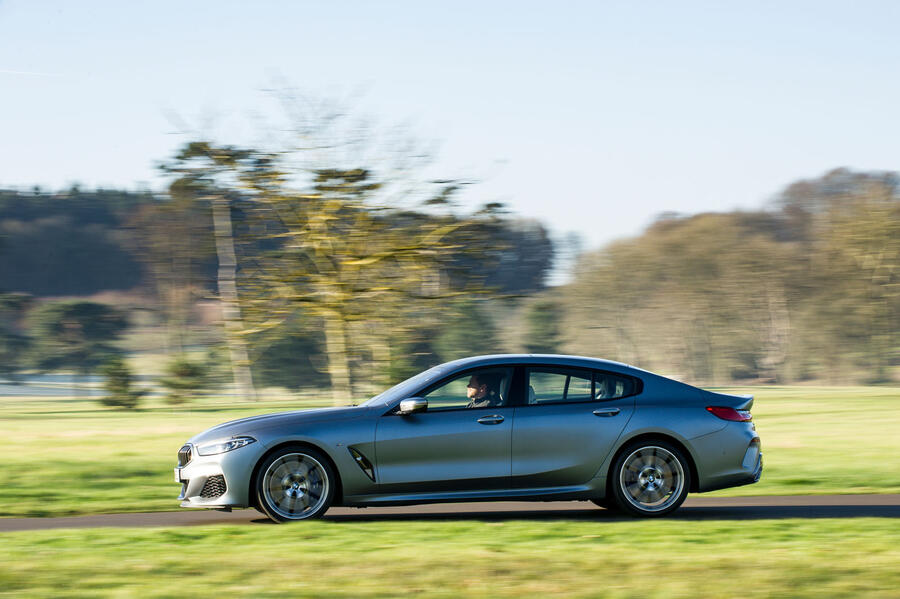


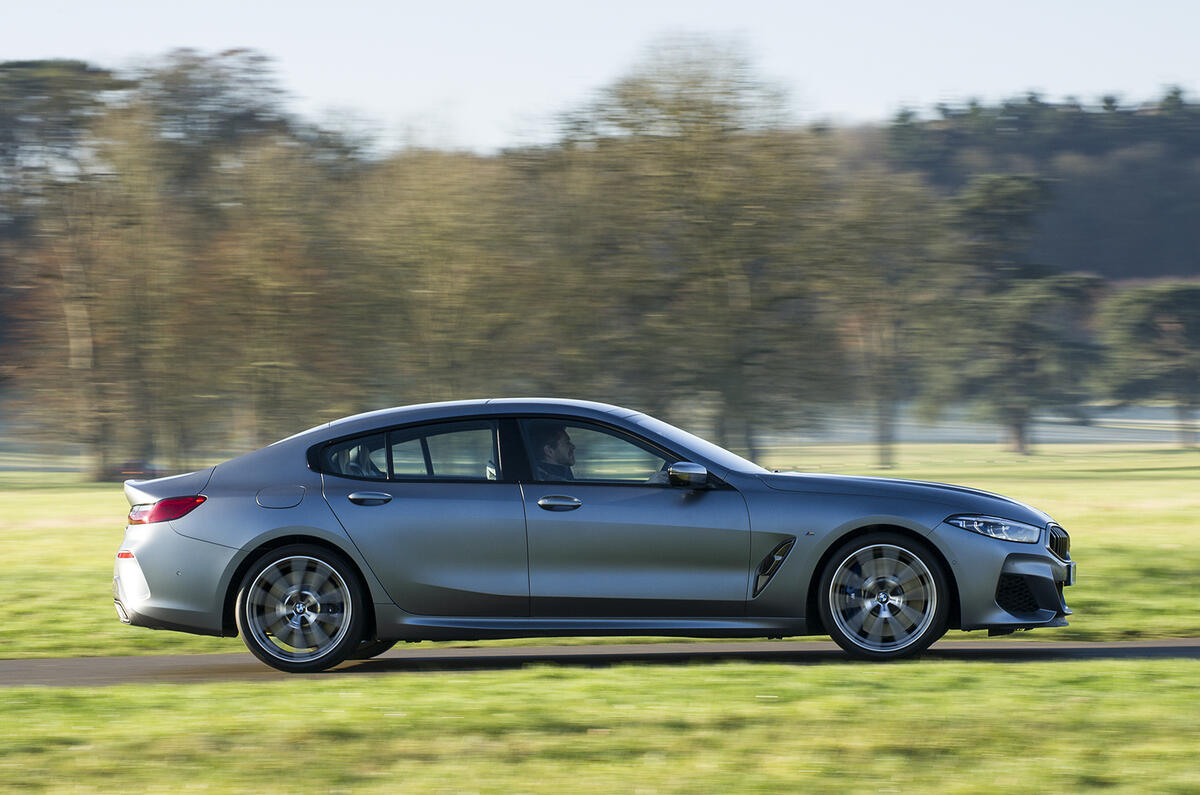
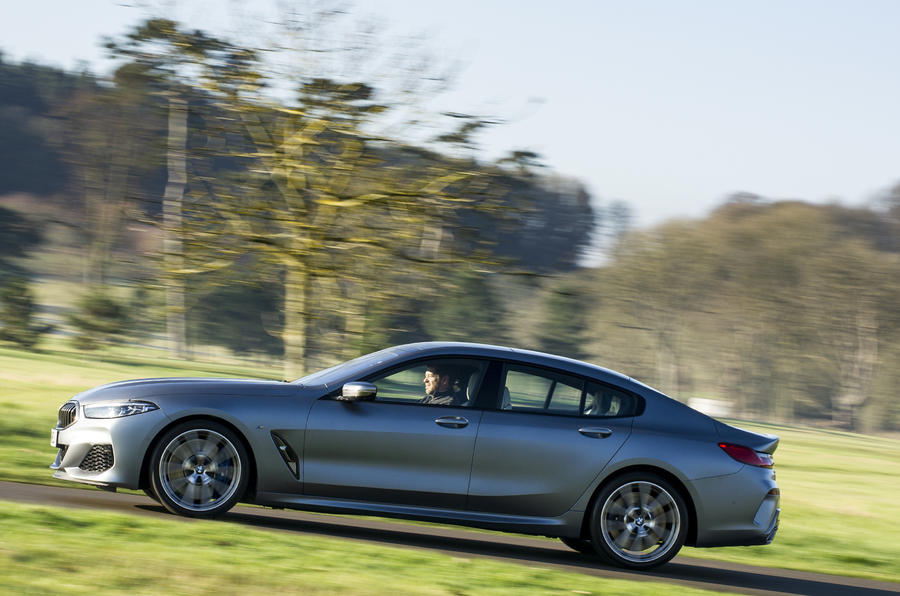








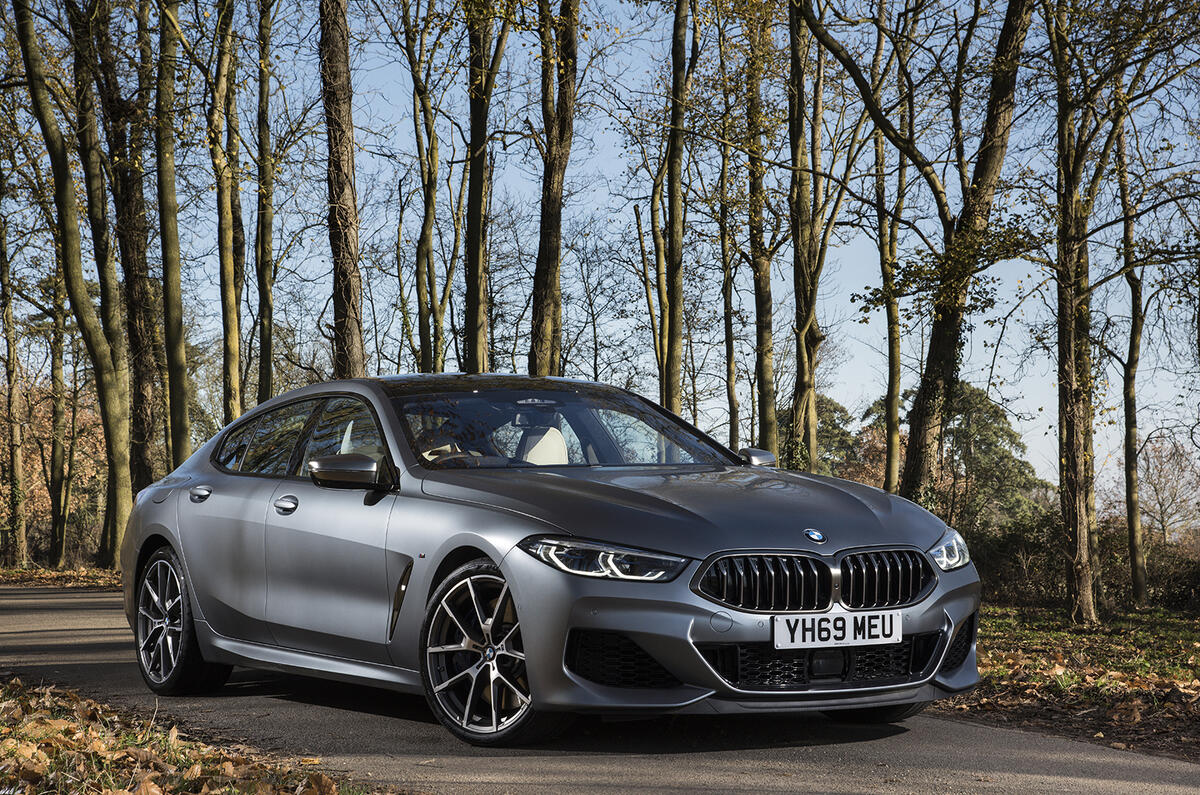

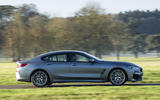



















Join the debate
Add your comment
Well,
Look out for people like me who cannot even afford the door of this thing, "commenting how their problem is the fast depreciation of such cars. My friends, we can only sit back and watch rich people changing their toys very frequently, this is not a problem of the car.
How the hell did they make it
How the hell did they make it weigh 2 tonnes !!?
Because.....
Is it really a 6 series
I do like BMWs but I can't help but feel that this car is handicapped by its underpinnings and its ambitions. It is trying to sit as a 7 series alternative but is based on the 5 series and I am sure will be easily mistaken for the new 4 series when it is launched.
Good job it accelerates nearly as fast it will no doubt depreciate.
Hmm...
What actual difference does it make whether it's 'based on' the 5 or the 7?
What are the differences between the 'underpinnings' of those cars and how do they affect the purchaser of an 8?